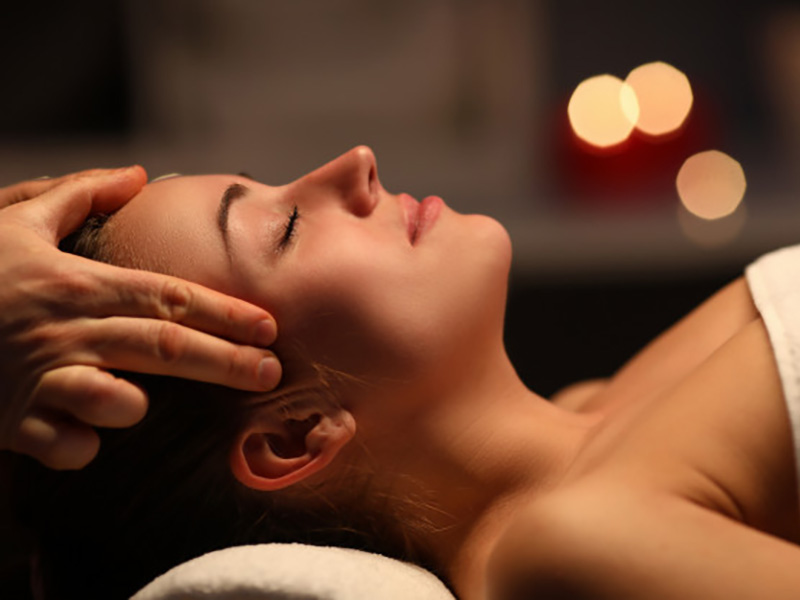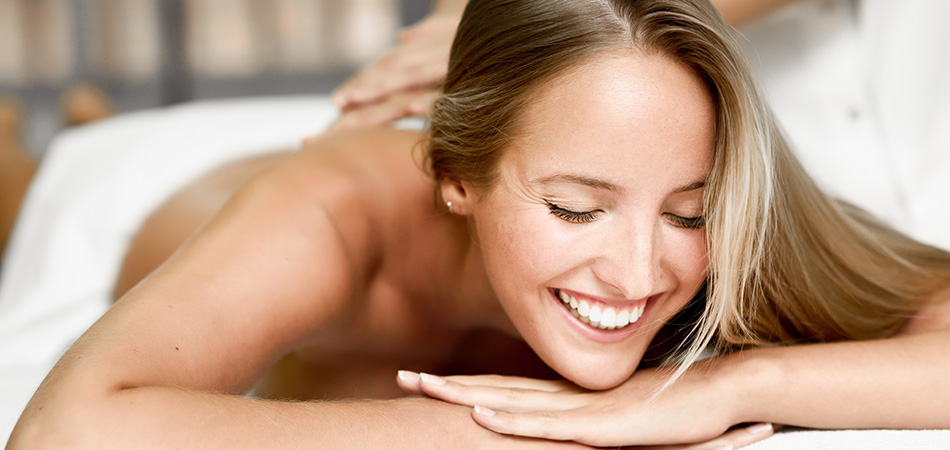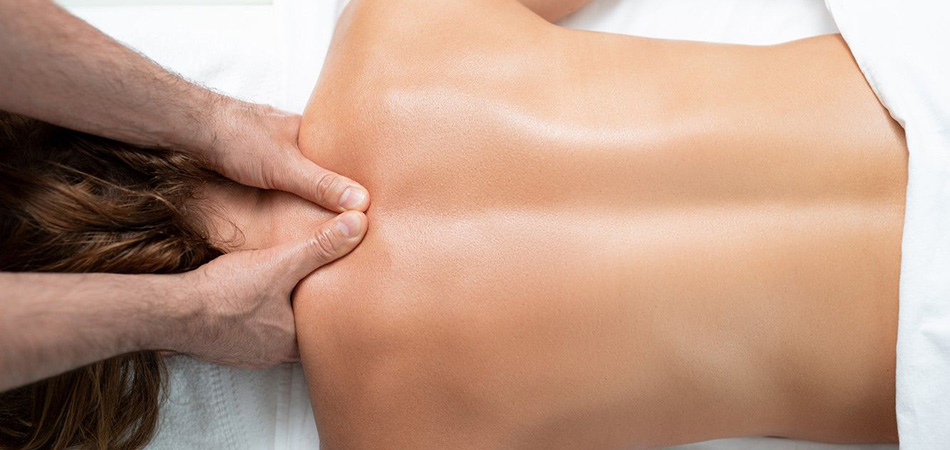Massage Therapy
Massage therapy, an ancient practice spanning cultures, promotes physical and mental well-being through hands-on techniques like kneading and stroking. It enhances circulation, reduces muscle tension, and alleviates stress by triggering endorphin release. From Swedish massage for relaxation to deep tissue for pain relief, licensed therapists tailor sessions to individual needs. Research shows it can ease chronic pain and anxiety while improving sleep. Massage therapy offers a holistic way to reconnect with your body, fostering balance and rejuvenation in today’s fast-paced world.
Massage therapy, a practice with roots stretching back thousands of years, is a powerful tool for promoting physical and mental well-being. From ancient China and Egypt to modern wellness centers, massage has been used to heal, relax, and rejuvenate. Today, it’s recognized as both a holistic practice and a complementary medical treatment, offering benefits that range from stress relief to pain management.
Massage therapy involves the manipulation of soft tissues—muscles, tendons, ligaments, and skin—through techniques like kneading, stroking, or applying pressure. Licensed therapists tailor sessions to individual needs, using methods such as Swedish massage for relaxation, deep tissue for chronic muscle tension, or sports massage for athletic recovery. Sessions typically last 30 to 90 minutes and take place in a calm, comfortable setting, often enhanced with soothing music or aromatherapy.


The benefits of massage therapy are well-documented. Physically, it improves circulation, which aids in delivering oxygen and nutrients to tissues while flushing out toxins. This can reduce muscle soreness, enhance flexibility, and speed up recovery from injuries. A 2014 study found that massage therapy significantly reduced pain and improved function in patients with lower back pain. It’s also effective for conditions like arthritis, fibromyalgia, and tension headaches. Beyond physical relief, massage triggers the release of endorphins, the body’s natural “feel-good” chemicals, while lowering cortisol levels, helping to alleviate stress and anxiety.
Relaxation and Mindfulness
Mentally, massage therapy fosters a deep sense of relaxation and mindfulness. The act of being present during a session, free from distractions, allows individuals to reconnect with their bodies and calm their minds. For those with insomnia or high stress, regular massage can improve sleep quality and promote emotional balance. It’s also used in clinical settings to support mental health, with studies showing reduced symptoms of depression and anxiety in patients receiving consistent sessions.

Prenatal Massage Supports
- Massage therapy is highly adaptable, with techniques suited for diverse needs. Prenatal massage supports expectant mothers by easing pregnancy-related discomfort, while chair massages offer quick relief for office workers. Reflexology focuses on pressure points in the feet or hands to promote whole-body wellness. However, it’s not one-size-fits-all—individuals with certain conditions, like blood clots or severe osteoporosis, should consult a doctor before booking a session. Choosing a licensed therapist ensures safe, professional care tailored to specific health needs.
- Incorporating massage into your routine can be as simple as scheduling monthly sessions or using self-massage techniques at home with tools like foam rollers. While not a cure-all, its ability to reduce pain, enhance mobility, and promote relaxation makes it a valuable addition to a balanced wellness plan. As modern life grows more hectic, massage therapy offers a timeless antidote—a moment to pause, heal, and restore balance through the power of touch.










